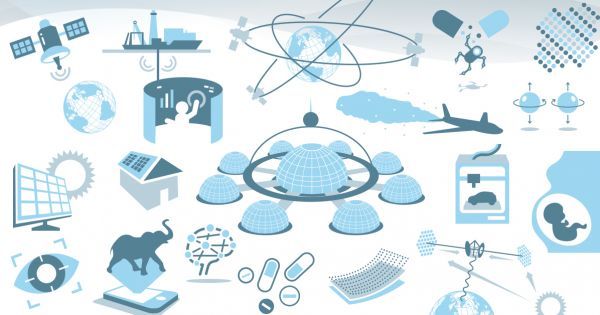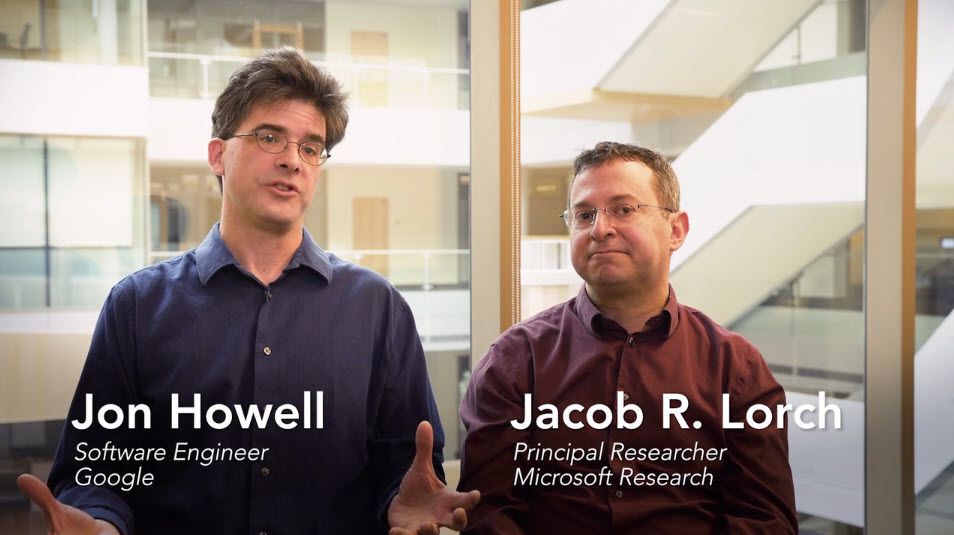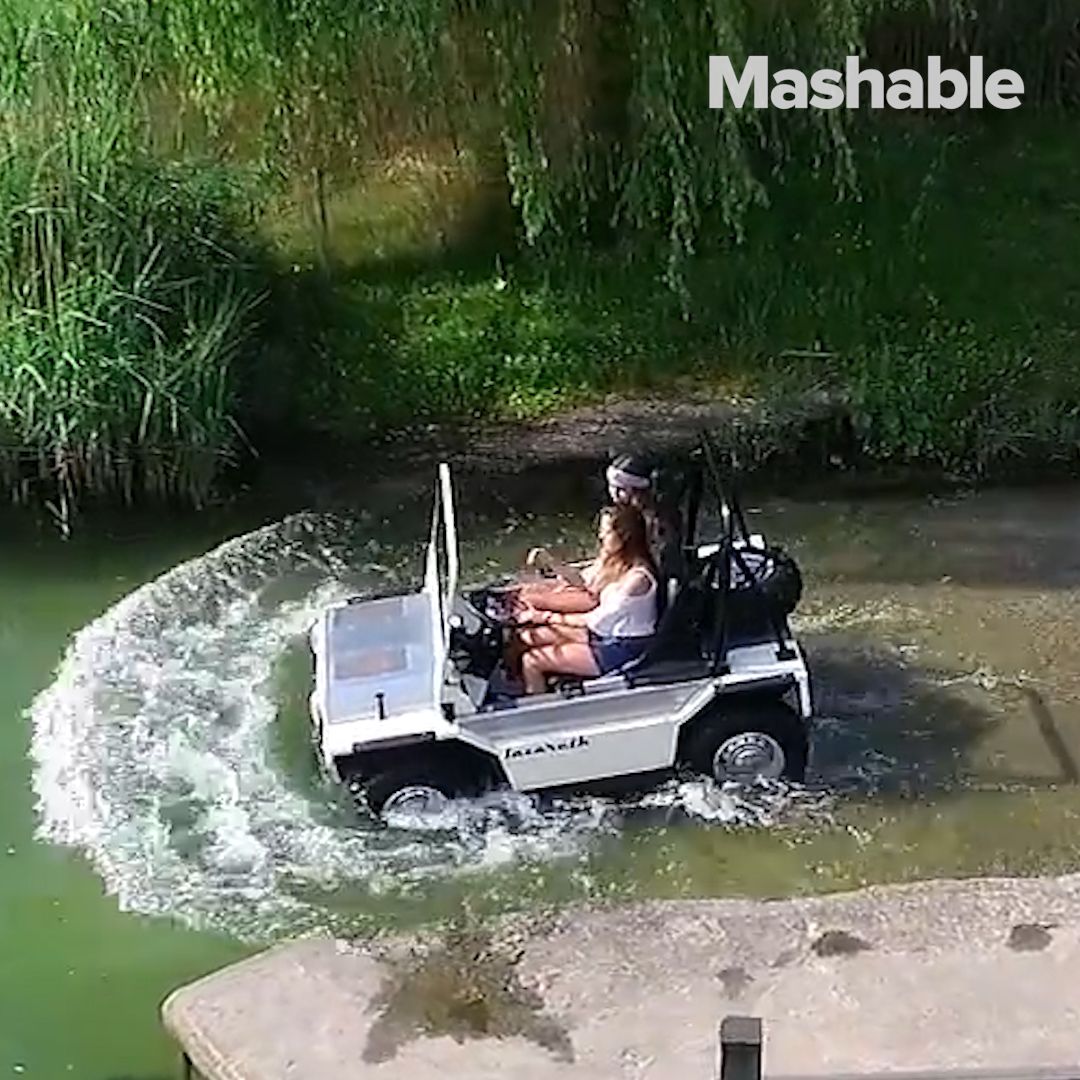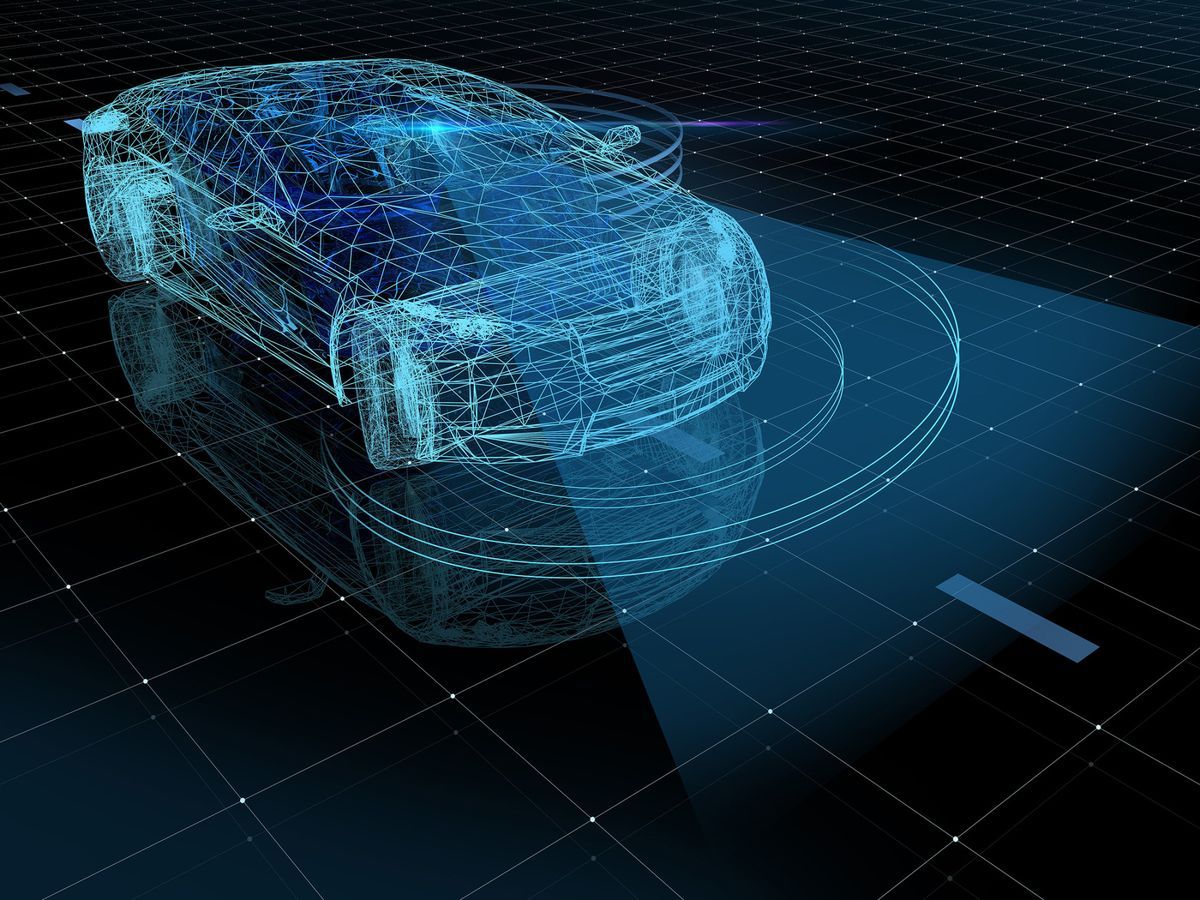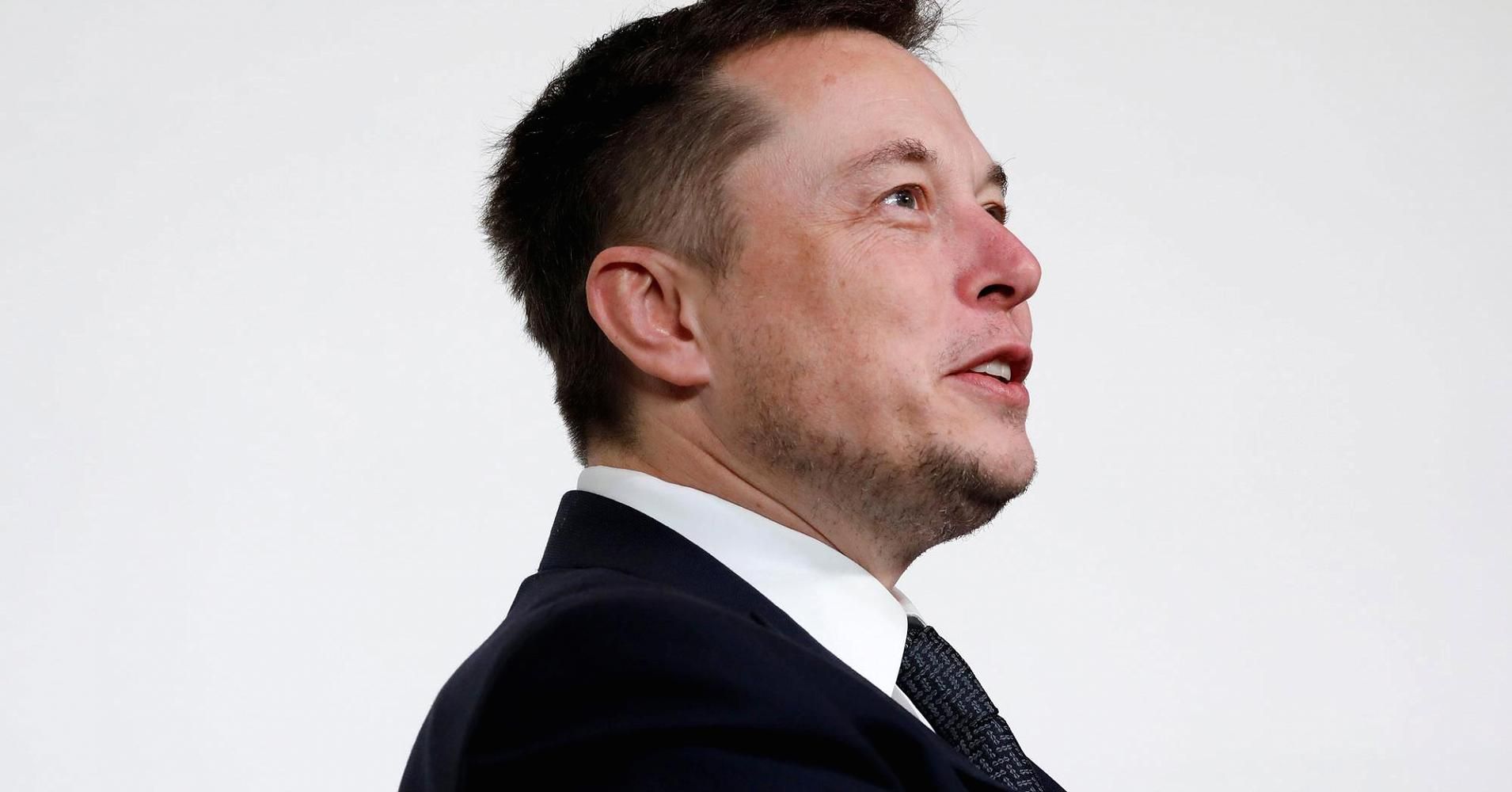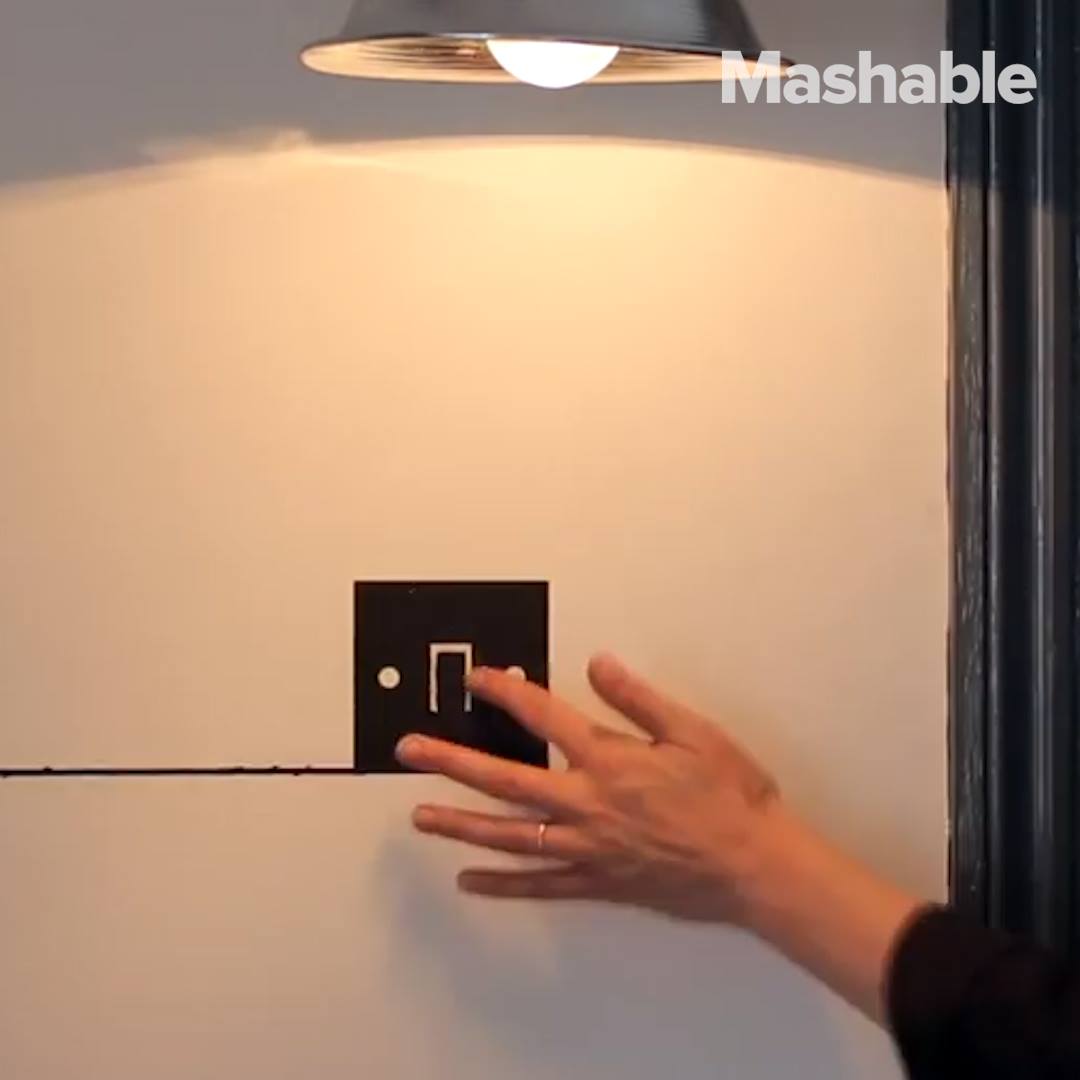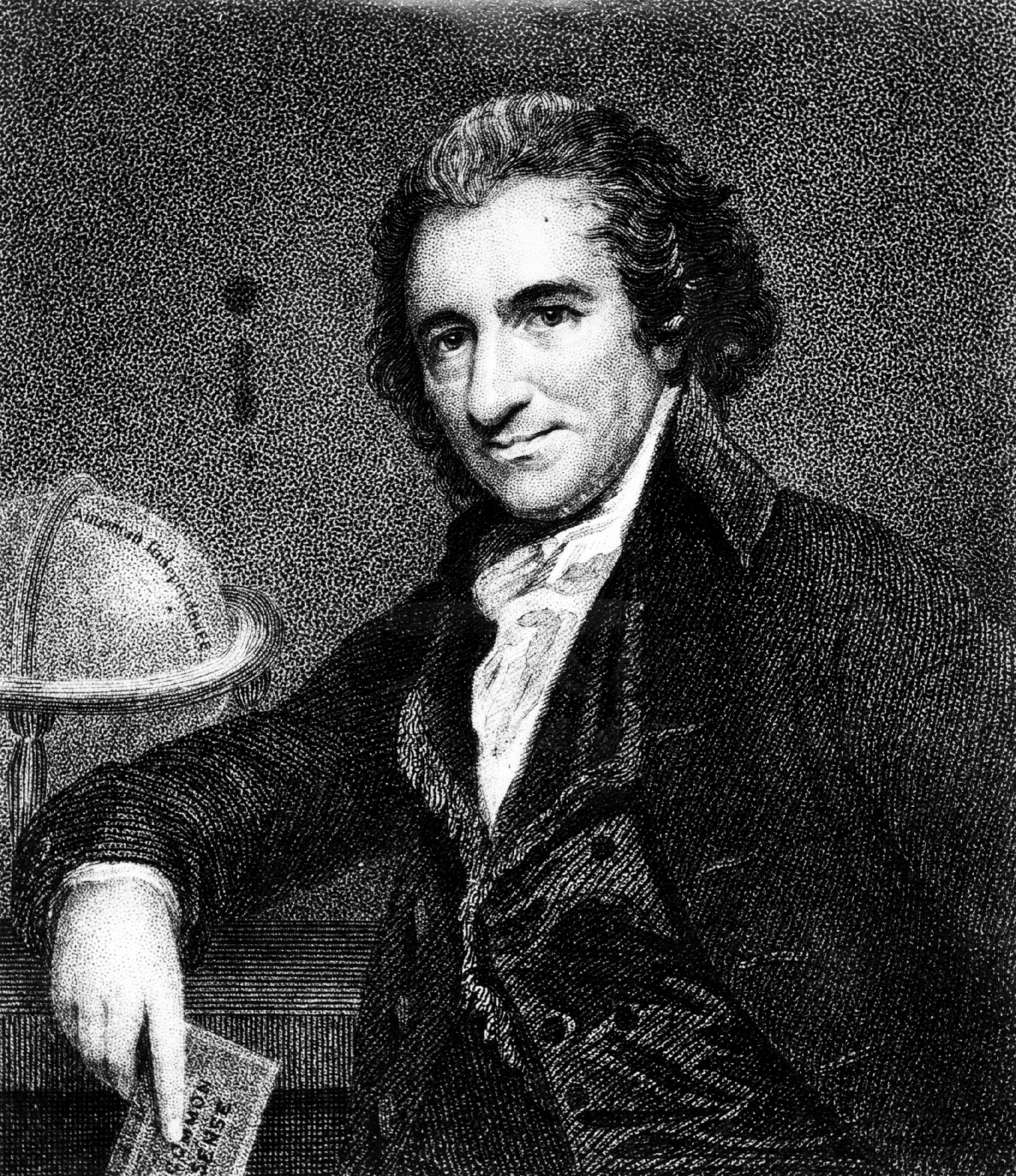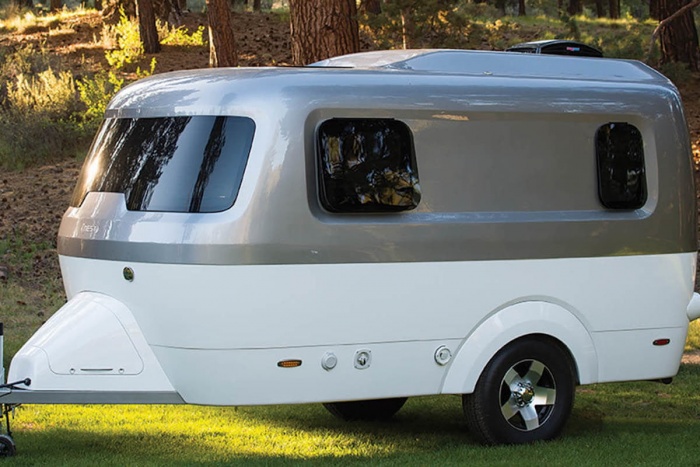Designer antibodies, volcano mining, and biomimetic materials. The future is wild.
What if a new tool could allow software to be written without bugs, and eliminate the need for time consuming test procedures? In this video, Jon Howell and Jay Lorch discuss “IronFleet,” the first methodology for automatically verifying distributed systems and the subject of a Research Highlights video in the July 2017 issue of CACM.
Congress took the first step toward setting rules for self-driving cars, as a House panel unanimously approved a measure that would allow thousands of automated vehicles to hit the road while federal regulators develop safety standards and preempt state rules.
The legislation garnered bipartisan support after Republican leaders adopted Democratic proposals for provisions to bolster safety oversight of self-driving vehicles by federal regulators.
Elon Musk thinks we need to build a base on the moon if we are going to stoke public interest in space travel.
Speaking at the International Space Station (ISS) Research & Development Conference in Washington, D.C., on Wednesday, the SpaceX founder and leader spoke about the various opportunities space offers for business and innovation. He also lamented that many people seem to be unaware of the International Space Station, or do not seem to fully understand “how cool the ISS is.”
Asked what opportunities space affords, Musk cited several things, but said, “If you want to get the public fired up, you’ve got to put a base on the moon,” adding that it would be the “continuance to the dream” of the Apollo missions.
You are very lucky that you ended up about the size that you are today, somewhere between one and ten feet tall and weighing somewhere between one and one thousand pounds. This is a very good size. Not to body shame, but if you were, say, a quadrillion times shorter and weighed a nonillion times less (that’s one followed by 30 zeros), that would be very inconvenient for you. Everything would be very inconvenient for you.
One thing you take for granted as a human-sized thing, for example, is that when you push things, they move forward. But a team of researchers realized that this is not necessarily the case if you zoom into the quantum world, where particles might decide to go backwards, no matter what kind of outside force you put on them.
“This work is based on our belief that VR offers new methods for storytelling and engagement.”
Read more
“[T]he idea is hardly new: In fact, it has resurfaced repeatedly over the centuries at times of economic transformation, winning allies across the ideological spectrum.”
“The Airstream Nest, expected early 2018, will be constructed from fiberglass, a lightweight and durable material.”
